Posted by
Not all of us like to digest information in frameworks and lifecycles, but it’s hard to deny they have a unique way of sticking in our minds and influencing our behaviours. In fact, many aspects of our lives have been cleverly captured in conceptual models.
Hot day? Slip, slop, slap. Sprained your ankle? Rest, Ice, Compression, Elevation (RICE). Crossing the road? Look left, right and left again. In a business context, we look at strengths, weaknesses, opportunities and threats (SWOT), and set SMART goals – Specific, Measurable, Achievable, Relevant and Time-bound.
As concepts become more complex, so do the models. Emergency management agencies use the prevention-preparedness-response-recovery (PPRR) lifecycle. Project managers guide us through initiation-start up-delivery-closure. Many infrastructure projects apply the Design-Build-Operate-Maintain (DBOM) model.
How about public value? Where’s the model that can help us understand the concept, and the types of ‘value’ we aspire to deliver? What framework can we turn to for meaningful public value conversations within our organisations?
We felt the answers to these questions were hard to find. So, we created something new and we’re excited to unveil it. Introducing the Cube Group Public Value Compass. It’s simple and strategic, and it operates across the public value spectrum. We think it makes a lot of sense:
The compass contains four ‘public value markers’, signifying the broad types of public value that organisations seek to deliver: confidence, liveability, productivity and sustainability.
Each marker then has two specific ‘public value outcomes’ – one for the individual and one the community, making 8 in total. Collectively, the 8 outcomes form the ‘public value spectrum’, describing the positive difference public-good-oriented organisations make to life in Australia:
Confidence
Equality & Fairness (Individual) – All people regardless of gender, age, socio-economic status, race, sexual orientation or other defining characteristics, are recognised as equal under the law and are treated fairly in every day life.
Safety & Protection (Community) – Everybody within the community feels safe doing everyday activities from catching public transport to doing the shopping or going for a run, and they are confident that their government and authorities remain independent, democratic and protective of Australian values.
Liveability
Health, Wellbeing & Fulfilment (Individual) – Every person within a community is actively supported to be physically and mentally healthy.
Connectedness & Inclusion (Community) – All people, regardless of different characteristics, feel socially connected to, and are able to participate in, their community.
Productivity
Independence & Opportunity (Individual) – Everyone feels that they have the freedom, capability, support, and empowerment to achieve their life goals, and that they have the means necessary to create opportunities for themselves.
Growth & Prosperity (Community) – Large and small businesses flourish, people are employed in fulfilling and financially viable jobs, and infrastructure and services are being planned and delivered in time to meet population growth needs.
Sustainability
Conservation & Preservation (Individual) – A healthy and protected natural and physical environment available for the community to enjoy now and in the future.
Perpetuity & Remembrance (Community) – A community proudly embraces and re-tells their history, as well as understands and prepares for the potential needs of future generations.
Like the real thing, our compass promotes outcomes before action. Every organisation will target the spectrum uniquely, and many seek to achieve more than one public value outcome.
What do you think about the Public Value Compass? We’d love to hear about the public value outcomes your organisation is aspiring to deliver.
Ben has also developed a mapping tool to help organisations self-identify how they can become leaders in delivering public value.








